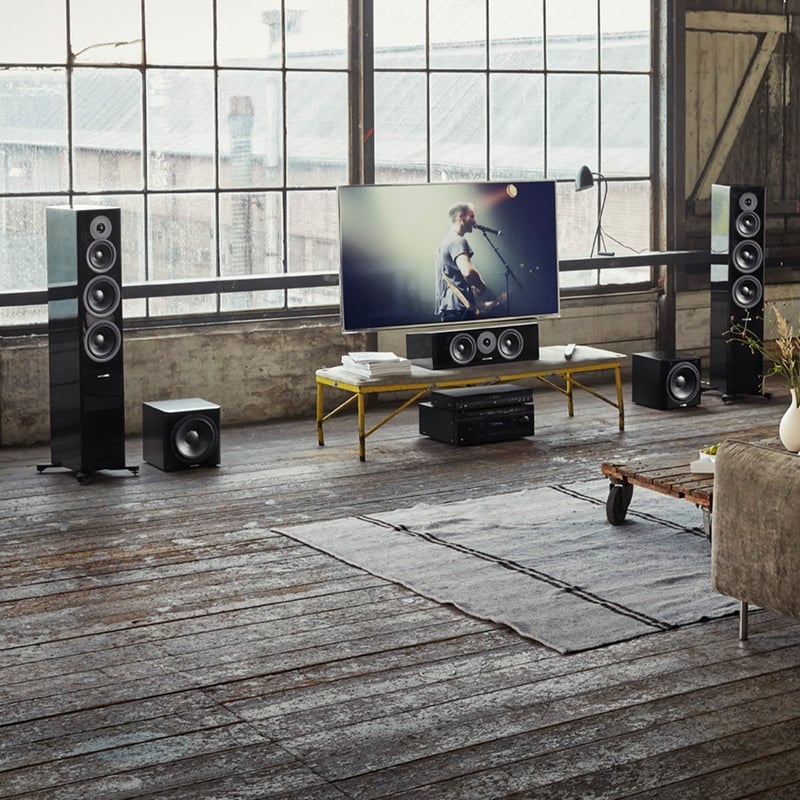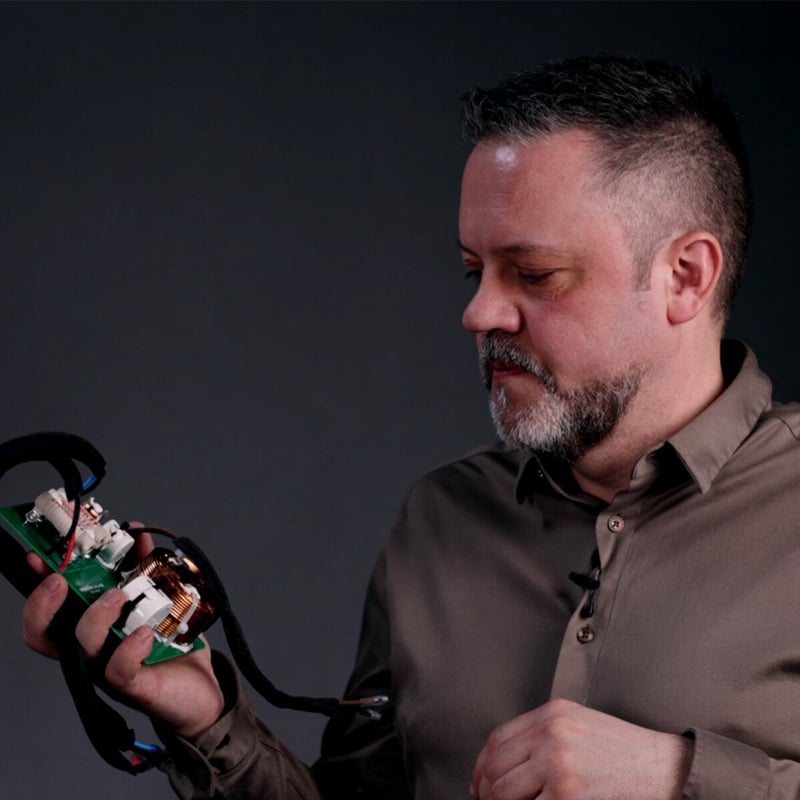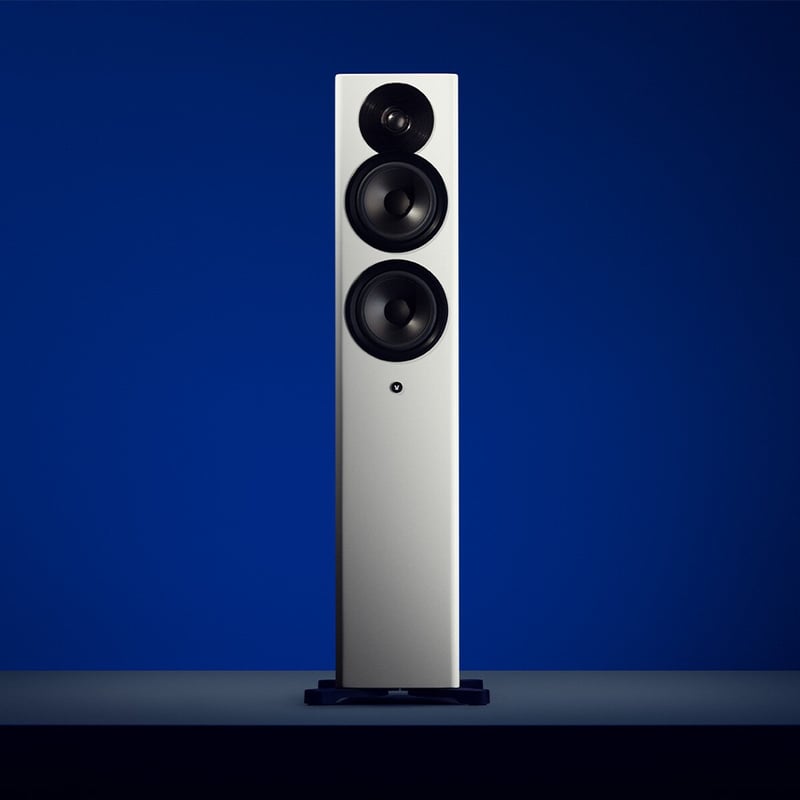Our custom-install range had to be simple to understand (why make it hard to get great sound?). Its wall- and ceiling-mounts and speakers had to be fast, neat and simple to install. They had to be flexible enough to adapt to even the most challenging listening environments. And – of course – they had to sound every bit as good as our acclaimed free-standing hi-fi and pro-audio speakers.
We are proud to present our new line of custom-install speakers at CEDIA over the coming days, where you'll be able to find us in the Exhibitor Hall at booth 4754.

You don't have to tear down your wall
The frames will retrofit into many existing popular-sized cavities – meaning no tearing down walls or ceilings to get Dynaudio sound into the house (although we’d totally understand people wanting to go that far).
The in-ceiling speakers are angled 18 ̊ and rotate a full 360 ̊ in their frames – so their sound can be directed exactly where it’s needed. Rearranged the room? Just pop off the paintable magnetic grilles and swivel the speakers to their new positions. Done.
Our in-wall frames can be installed either way up and, like the in-ceiling units, have paintable magnetic grilles. Make a feature of them; make them blend in. It’s up to you.
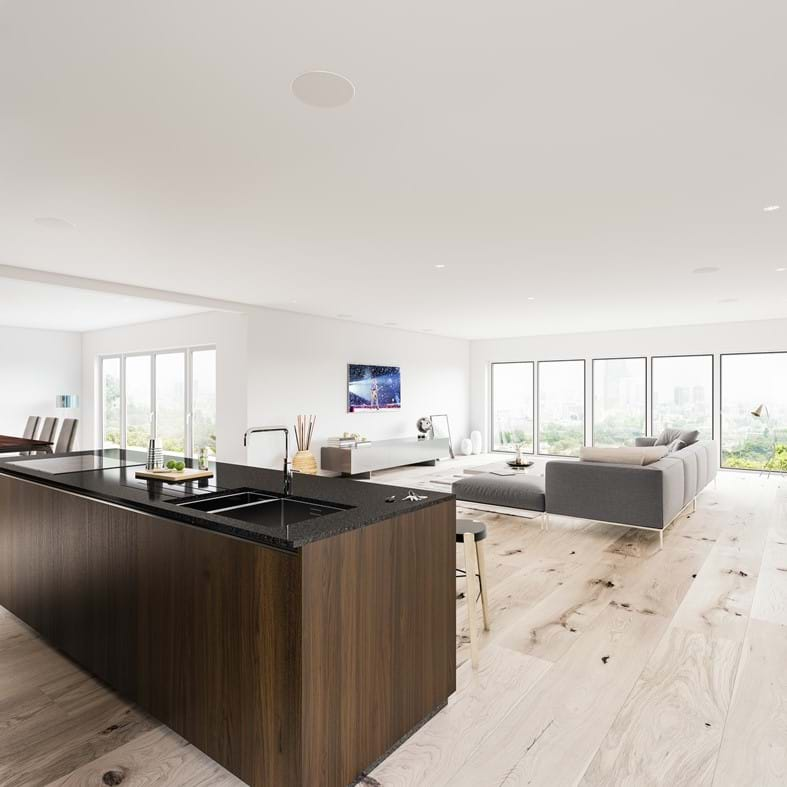
'Good enough' simply isn't good enough
We know that ‘good enough’ simply isn’t good enough. That’s why our in-ceiling and in-wall speakers are much more than standard, static architectural installations. They harness the same core technology, expertise and fanatical attention to detail that’s made our hi-fi range so celebrated over the past 40 years. It’s the same stuff – it’s just inside the walls instead of in front of them.
Dynaudio Custom isn’t a rigid one-size-fits-all system. You’ll see that from the ingenious way it’s mounted. The frames are pre-installed during construction or renovation (the house can be finished around them). And then, when it’s time, your expert installer comes to fit and fine-tune the speakers themselves – so it’s exactly right, first time. And all without damaging the decor or having to pull anything apart.
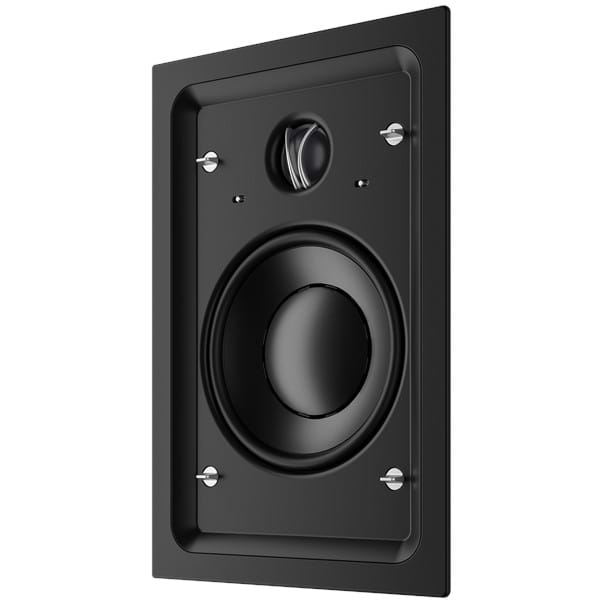
Well-suited for multichannel home-theater set-ups.
Users with multichannel home-theater set-ups can install our in-ceiling speakers in the walls for absolute tonal consistency – and total control over the sound’s direction. The in-ceiling frames can accept round or square grilles, too, to tailor the look to the room.
And all grilles are independent of their frames, so even if the internals couldn’t be lined up absolutely plum during installation, the grilles can still be spot-on.
We love bringing that love of music to every pair of ears we can reach – no matter how big or small the space.
Dynaudio Custom does that simply. It does it with flexibility. And this is just the beginning... awesome.
So, come by Booth 4754 in the Exhibitor Hall at CEDIA, if you're in Dallas, Texas the next couple of days.
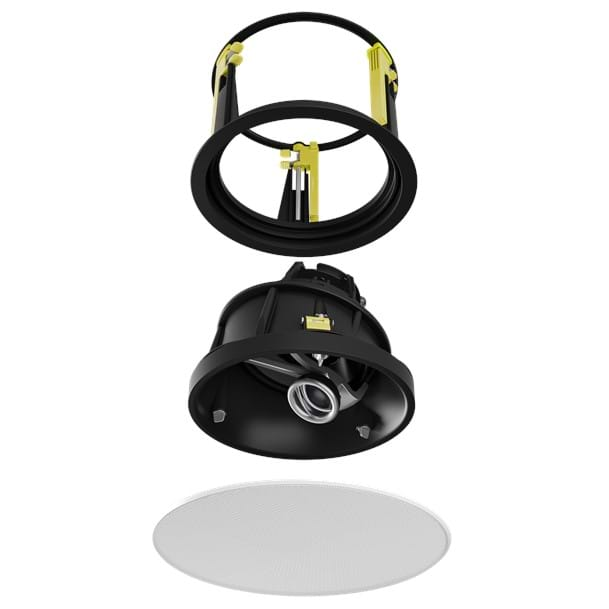
The history of music technology is peppered with breakthroughs that freed people from constraints. Radio meant no longer physically having to go to a live performance if you wanted to listen to music. Vinyl gave people the option of playing records they owned rather than being stuck listening to whatever was on the radio at the time. Then cassettes made a personal music collection portable, so you could listen to it anywhere.
We’re now deep in the digital era, untangling recorded music’s historical link with physical media – and things are changing at speed. Just 15 years ago, people were excited to own a device the size of a deck of cards that stored a thousand songs. Now, countless pieces of internet-connected hardware offer instant access to tens of millions of music tracks.
Modern streaming services – TIDAL, Spotify, Apple Music et al – are the culmination of two decades of cutting-edge technological achievements, evolution and iteration. Their architects have unpacked and developed audio file formats, delivery platforms and smart algorithms, and sharp-eyed businesspeople have converted that vision into the subscription models we know today.
MP3 was the first strand to arrive. The end result of years of research into lossy algorithms, MP3 could approximate lossless audio (WAV; AIFF) but required a fraction of the storage space. And as people ventured on to the internet in increasing numbers at the tail end of the 1990s, MP3 heralded the dawn of a music revolution.
Sign up to get more great articles
Nothing compares to the satisfaction of knowing – for a fact – that something is as good as it gets



